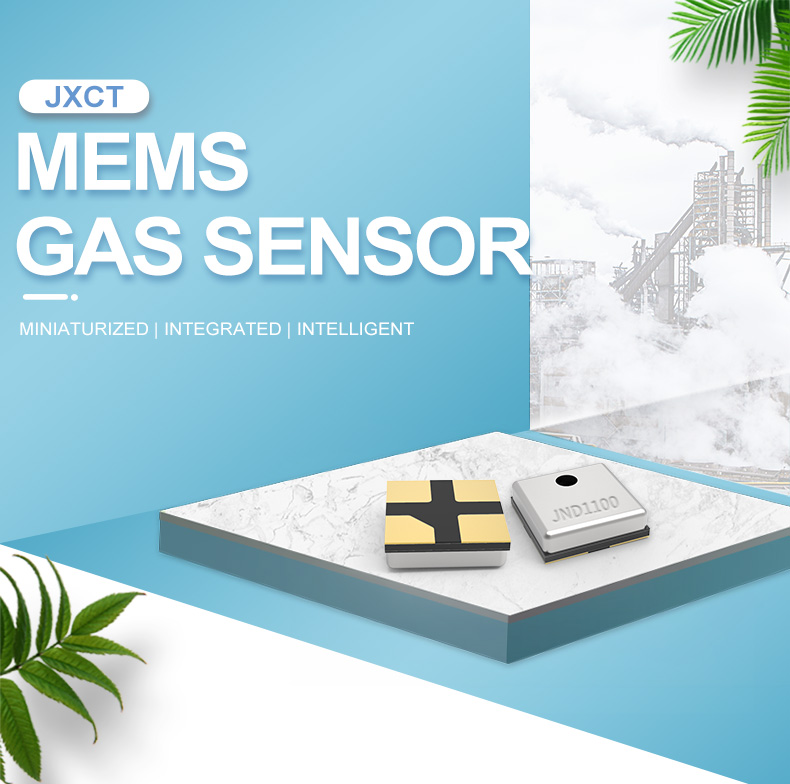Industrial activities across different sectors including manufacturing, mining, energy production, and transportation release large volumes of pollutants into the atmosphere. These emissions pose significant risks to both the environment and human health, contributing to issues such as climate change and respiratory diseases. Therefore, effective monitoring of industrial emissions is instrumental in ensuring regulatory compliance, reducing environmental impact, and promoting public health.
Gas sensor networks have emerged as critical tools for monitoring industrial emissions. The sensors are designed to detect and measure concentrations of various gases in the atmosphere as well as other environmental parameters such as temperature and humidity. By providing real-time data on the emission levels, gas sensor networks can support prompt identification of areas with high emissions and facilitate mitigation strategies before they become larger problems.
The use of gas sensor networks has several advantages. Firstly, it provides comprehensive coverage of the target area by installing multiple sensors in strategic locations. This generates a more detailed and accurate picture of the emission profiles compared to collecting data from individual point sensors. Additionally, the continuous monitoring capabilities of the gas sensor networks enable the system to detect sudden changes in air quality and alert operators immediately, facilitating earlier response times and mitigating potentially dangerous situations.
Another significant advantage of using gas sensor networks for monitoring industrial emissions is their low maintenance requirements. Generally, these networks consist of wireless sensors that operate independently of each other, communicating wirelessly with the central processing units. The sensors consume minimal energy and have battery lives of several years, greatly reducing the need for frequent maintenance, which saves time and money.
Moreover, gas sensor networks are highly customizable and affords flexibility in the types of sensors used, allowing users to monitor specific combinations of gases and environmental conditions relevant to their particular industrial processes. This flexibility also allows for easy scaling up or down, making it simple to expand the network as needed to cover new areas or respond to new requirements.
Despite these benefits, there are still limitations to the use of gas sensor networks. These include potential interferences with other electronic devices and atmospheric factors such as changing weather conditions, which may affect data accuracy. Additionally, gas sensors detect only identified species of gases, meaning there is a risk that harmful but undetected pollutants could go unnoticed.
In conclusion, monitoring industrial emissions is vital in ensuring compliance with environmental regulations, mitigating public health risks, and combating climate change. Gas sensor networks offer an effective tool for this purpose by providing continuous coverage, low maintenance requirements, and flexibility to customize as needed. As technology continues to advance, gas sensor networks will play an increasingly impactful role in the reduction of air pollution and the promotion of a healthier environment.
 : +86 155 8830 2704
: +86 155 8830 2704 : jxdziot@gmail.com
: jxdziot@gmail.com
